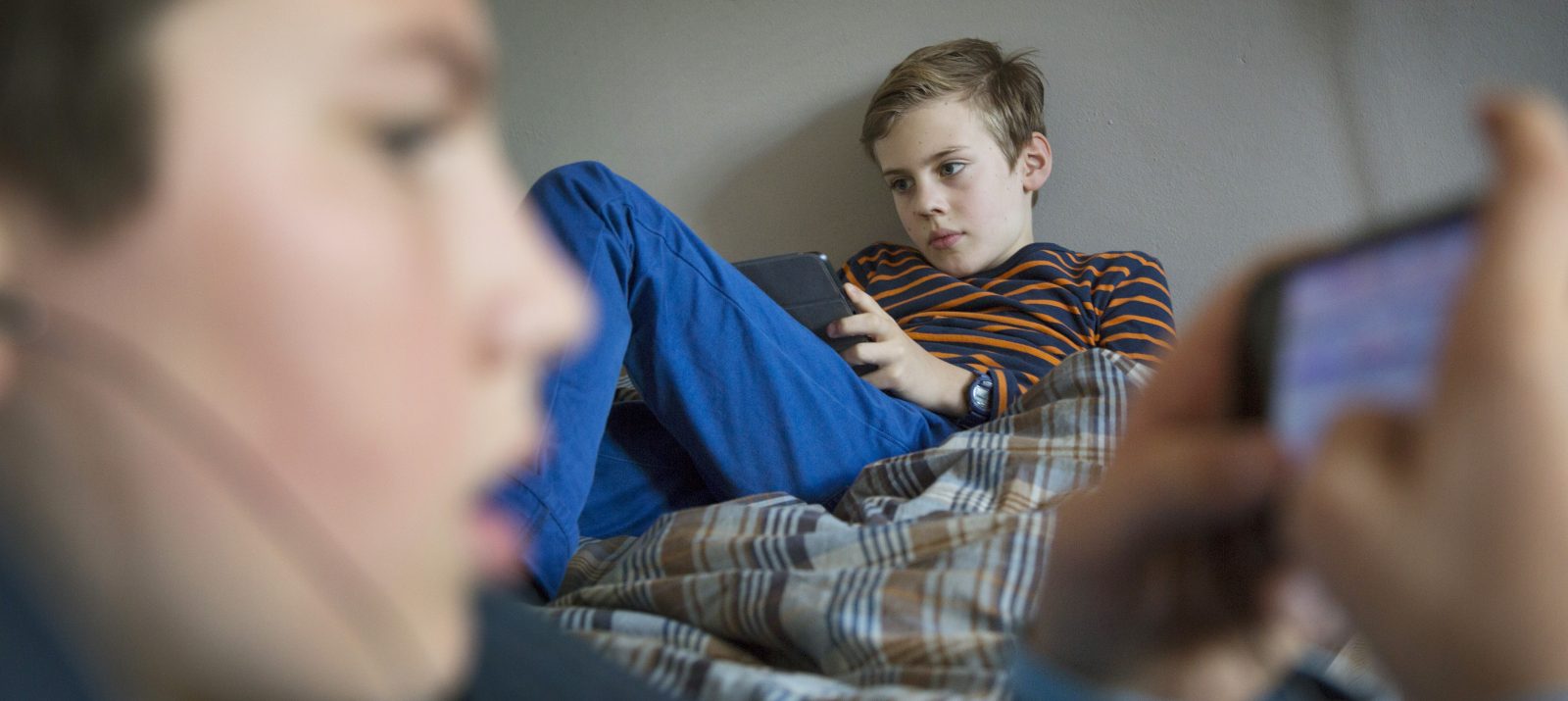
“Just no smartphones at school! Otherwise, the kids will just look at their screens during recess instead of playing and talking with each other.” Although people talk about social media, there is a fear that children and young people, but also adults, talk less and less directly to each other because they are busy with their smartphones all the time.
For many, it’s already normal to glance at the smartphone from time to time when meeting up with friends. At the same time, you too may have admonished your child not to spend so much time on the cell phone or game console instead of playing outside with friends in the nice weather.
However, the problem is not the device itself, but our handling of it! It offers so many possibilities that we occasionally forget our immediate surroundings when we have the smartphone in our hands. At the same time, we use social media to share and stay in touch with people who are not facing us at the moment. So media don’t actually do antisocial at all. We should just show a better way to use them to children and young people.
It can be observed that in youth groups, everyone seems to be paddling around on their smartphones. But if you look closely, you can see that they do talk to each other. It’s just unusual for us adults. Perhaps we should accept that young people today treat each other differently. After all, there were no smartphones in our childhood! Communication via messenger such as WhatsApp is also very important for young people, because they need social exchange for their development.
Another aspect is the social interaction on the net. When you don’t face each other when you “speak”, some things get lost or you just deal with each other differently. Learn more about this in our articles on online hate speech and communication with emojis. Cyberbullying can also be an unpleasant consequence of interacting with each other via social media.
We should pay better attention to what is important to us in our contact with each other. Maybe the girlfriend doesn’t mind if I look at my smartphone in between conversations with her. If it does, it should be addressed and rules agreed upon. This also applies to media use in the family. One possibility is the joint creation of a media usage contract that not only contains rules on times, but also on social interaction with regard to media.
If you, as a parent, want your child to leave their cell phone in their pocket when talking to you and others, you should set a good example.
Social behavior within the media should not be fundamentally different from that outside. What is desired in personal interaction can also be transferred to the network. It’s great that you can stay in touch with people so easily through social media, but it also takes a bit of effort. There should also be rules in the WhatsApp group so that communication does not degenerate into stress.
When children and young people network online via messenger or social platforms, they can learn to exchange, express and present themselves there. Digital communication is also a form of interaction.
Since companies are behind the various social media platforms and they want to make money from our communications, it’s important not to lose sight of your own privacy when using these apps.